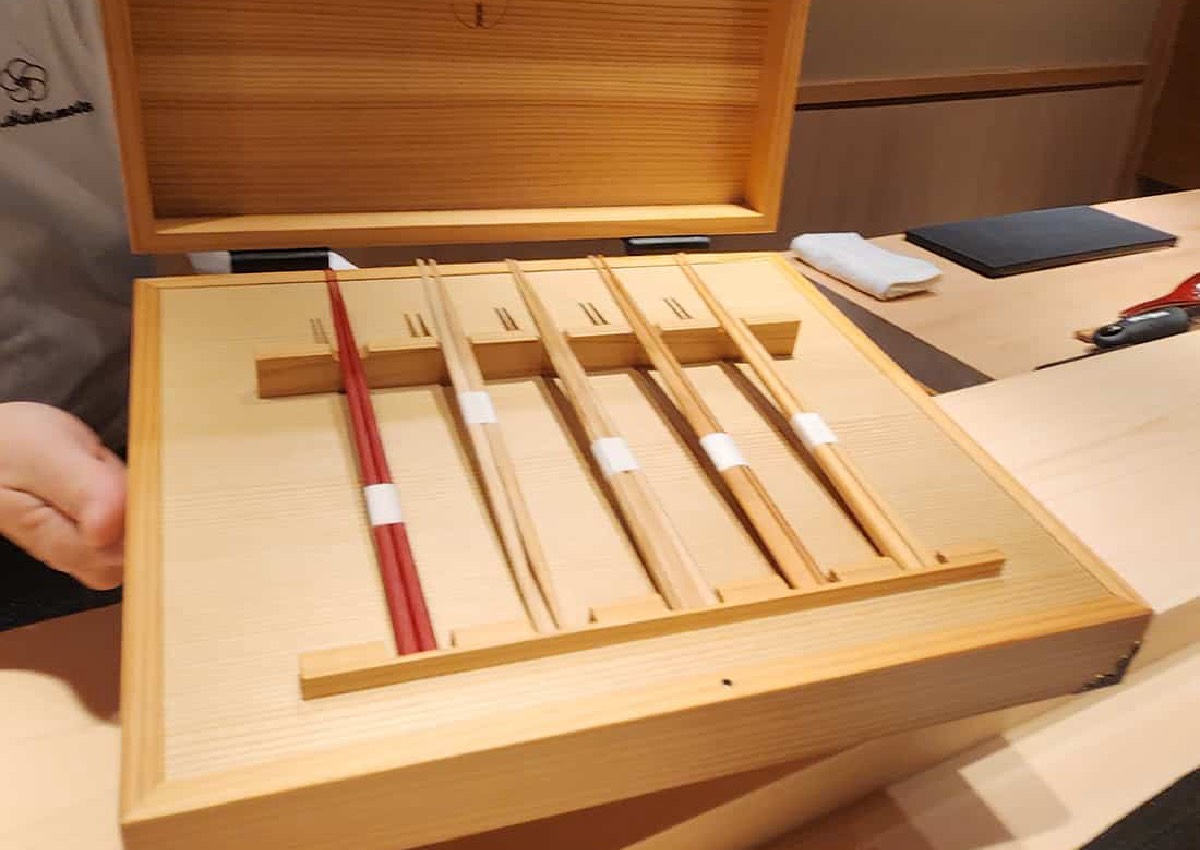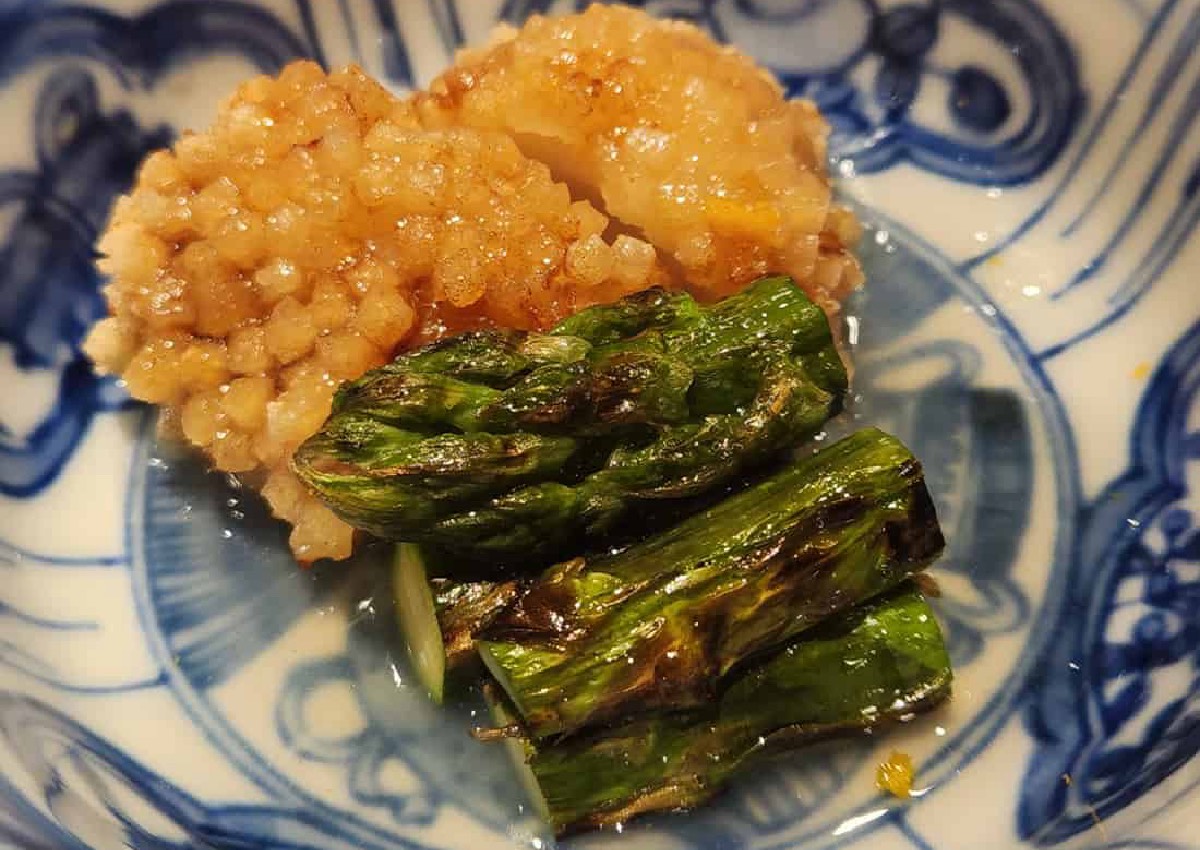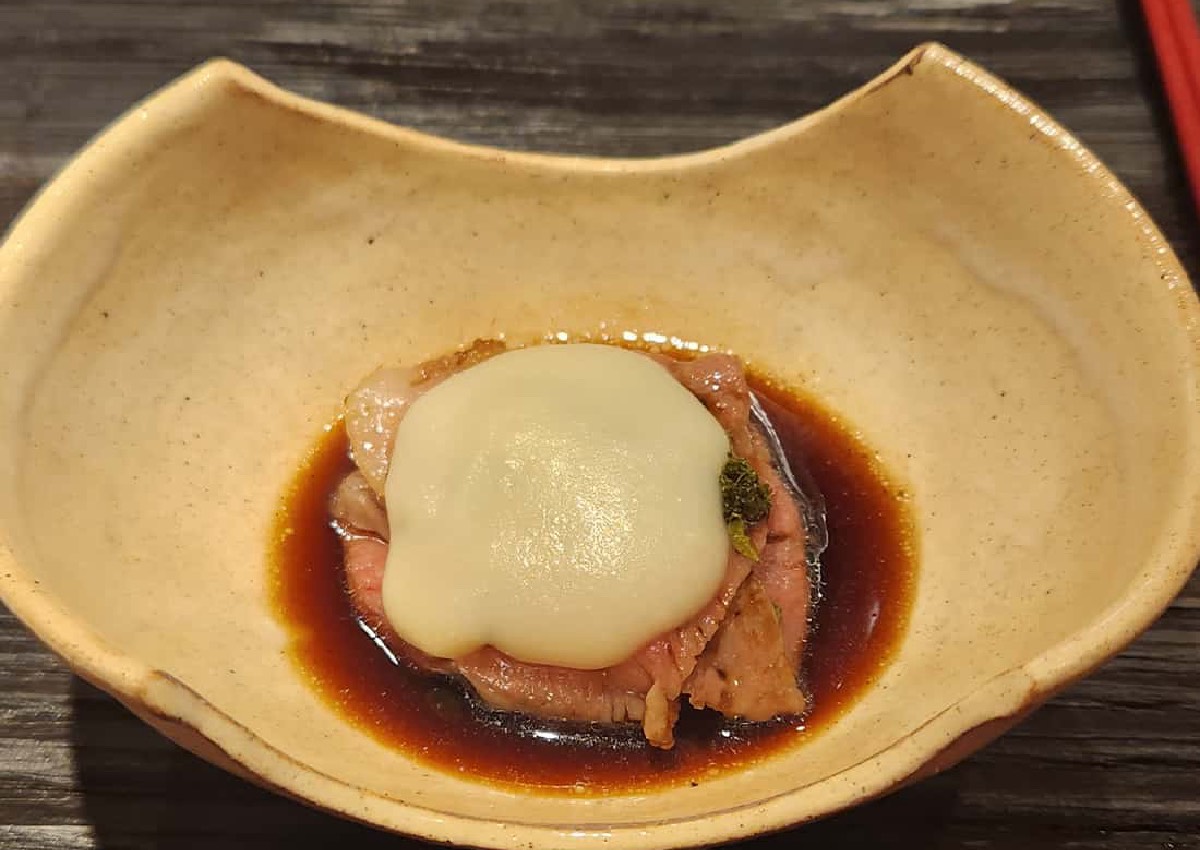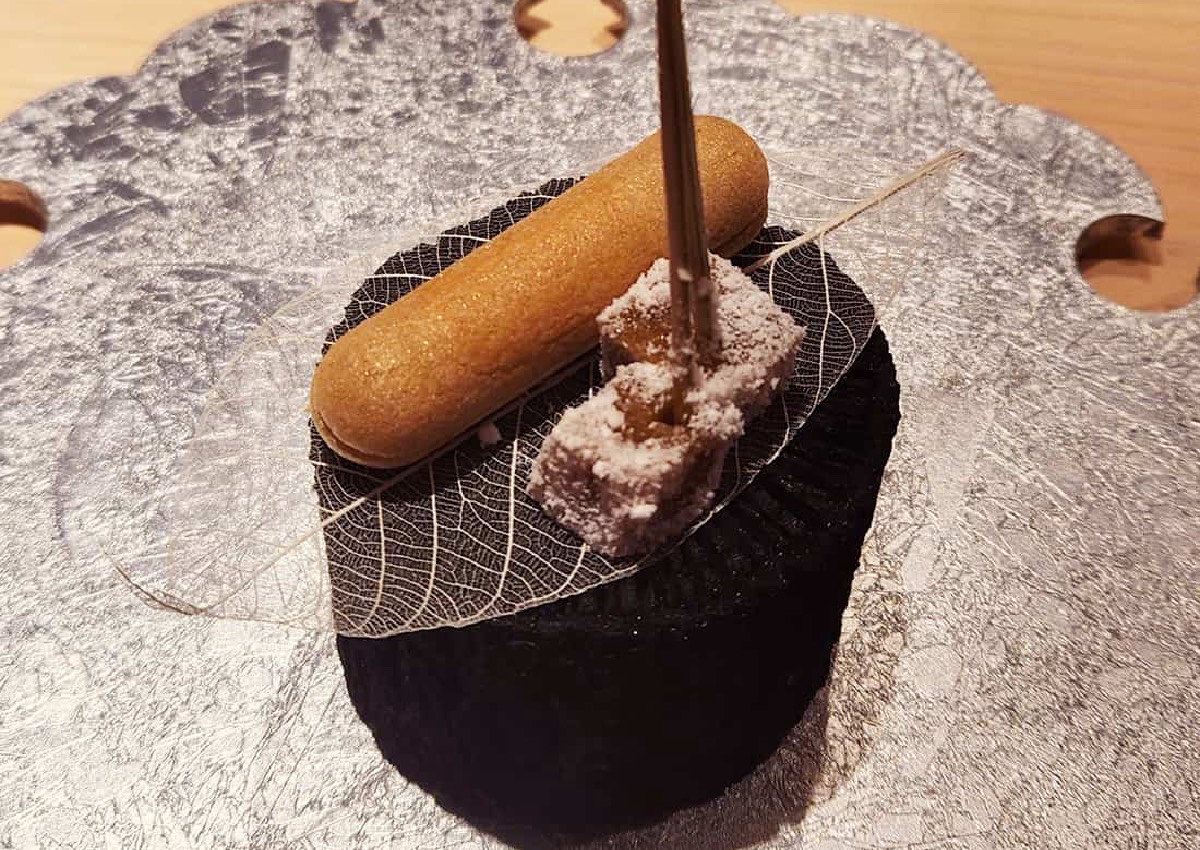Ikkagoyo, new kaiseki restaurant along Amoy Street, serves up true Japanese hospitality


In a fast-paced world where restaurants look to turn over their tables as fast as possible, one chooses to focus on its experience and, more importantly, its customers. With only one seating per night, Ikkagoyo - the new Japanese kaiseki restaurant along Amoy Street - dishes out meticulously crafted courses, along with the true blue Japanese spirit of hospitality, omotenashi.

To get to Ikkagoyo, walk along Amoy Street's iconic fish mural, and you’ll see its door beckoning from the left corner. As you enter, the Kitsune (a fox mask) - a symbol of good fortune and protector of rice - welcomes you. The sandalwood-scented restaurant hosts up to eight diners at the counter per night, where you can see the chef cook a la minute. Together with its private room, the entire restaurant fits no more than 16 diners at a time.

Almost everything, from the food ingredients, to the counter table and right down to the crockery, is personally sourced by chef-owner Mitsutaka Sakamoto. Unlike other places, Ikkagoyo brings these craftsmen and producers to the forefront with acknowledgements on the menu. And all diners get to use and bring home two of these artisanal products, chopsticks and napkins. The seasonality-minded prix fixe menu adapts to fresh and available produce, so expect occasional updates. Starting the 12-course meal, Chef Sakamoto presents a box of five chopsticks, from which you will select your dining companion for the night. Paying attention to their diners, the chef serves each course at the pace you eat and makes it a point to tell you about your dish.

The first dish we were served is a chilled appetiser which sees grounded Okinawa corn combined with dashi jelly, topped with shiso flowers and gold flakes. The refreshing soup comes with corn bits, which adds some crunch to the rich, creamy soup.

Seafood lovers will delight in the umami bursting from dishes like the crispy deep-fried Hokkaido scallop rolled in rice chips, served in a flavourful shijimi clam broth. The raw Suzuki (Japanese sea bass) is drizzled over with a house-made raw egg and shoyu sauce and garnished with marinated onions, myoga (Japanese ginger), and shaved horseradish. The play of sweet, sour, and savoury flavours brings out the freshness of the melty sea bass that leaves a lasting aftertaste.

Ceremonially, the next course was unveiled with fire, burning an opening to the dish. The first of this course was a flavoursome monkfish liver chilled and steamed over dashi in a two-hour preparation process. Together with that was a dried oyster coated in bonito powder, served with rapeseed flower, golden ikura, cream cheese and sake kasu, made to look like white cherries. The dried oyster was a tad salty on its own, but bites of the cream cheese and sake kasu balanced it out. We found this dish to pair exceptionally well with Noto Dessert sake, each complementing and enhancing the flavours of the other.

Paying homage to yakiniku and shabu-shabu, A5 wagyu from Tokachi is cooked in shabu-shabu style katsuo dashi to a yakiniku-inspired medium-rare consistency. The luscious beef is served on top of raw egg yolk with a blanket of shinjaga (new potato) puree. The simple-looking dish oozes the savoury tenderness of wagyu in katsuo dashi, and the smooth potato puree lends an extra creaminess to the already velvety dish.

For those needing their carbs, the course comes with udon and rice in delicate portions that don’t overwhelm the meal. Himi Udon, thinner and flatter than the usual udon, is served with Hokkaido uni and deep-fried sakura shrimp in a chilled dashi. We loved the smooth udon texture against the clean and fresh flavours of the dish. Diners can have their rice with beef tendon, bonito, or chuutoro. We didn’t regret choosing chuutoro (three thick fatty slices atop the rice), which fully satisfied us. The restaurant serves konotori-mai, a speciality organic rice from the Hyogo prefecture. To maintain optimum freshness, they ship the rice with husks and remove it only on the day of use.

Our exquisite meal ended with an Amazonian cacao with a sorbet-like consistency, topped with fresh cacao shavings, a tasty coconut milk warabimochi, and a monaka filled with red bean paste. Our preferences skewed towards the soft warabimochi, which slightly resembles the Chinese new year nian gao, and the monaka for its whiff of tradition.
Ikkagoyo is located at 115 Amoy St, #01-04, Singapore 069935.
Open Monday to Saturday, 7pm to 10.30pm. Closed on Sunday.
The 12-course menu runs $338++ per pax.
ALSO READ: Restaurant Chedi marries authentic Thai flavours with modern aesthetics in Jalan Besar
This article was first published in City Nomads.